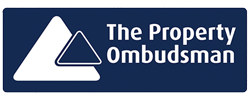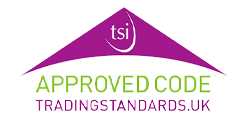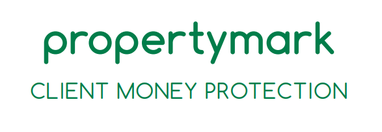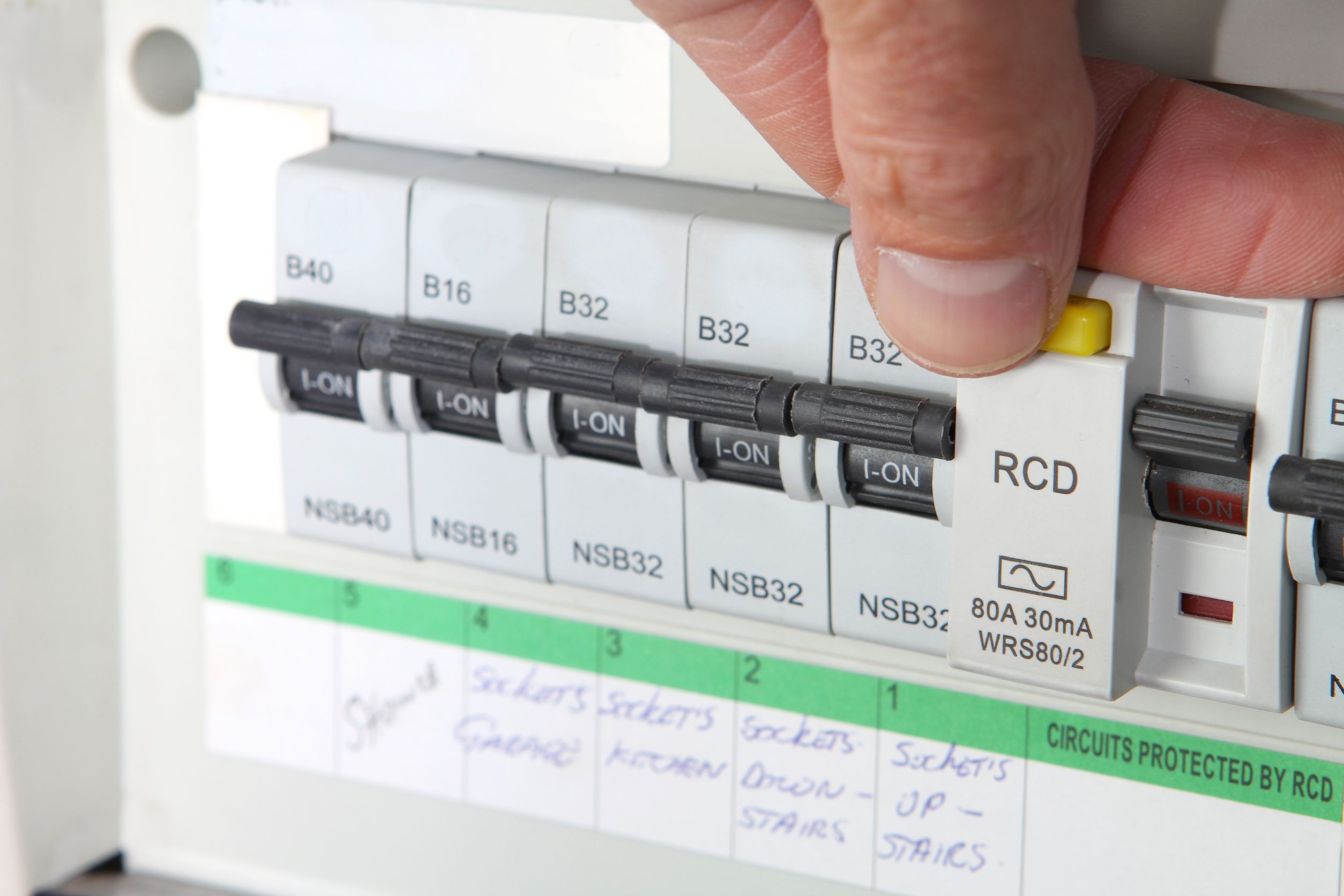
Whilst it has always been the responsibility of the landlord to ensure their properties are safe for tenants before they move in, the exact responsibilities for landlords regarding electrical safety have been somewhat vague due to no specific requirement for an EICR, unlike the very clear requirement for a Gas Safety Certificate (CP12) to certify the safety of the gas supply, and installation of gas appliances in a residential property.
We always make a point of making a visual inspection of the consumer unit at the point of bringing a property to market, and will make the landlord aware of any potential defects or safety concerns to avoid any potential problems. Having said that, it is always best to consult a qualified electrical engineer unless you already have an EICR in place or have recently replaced your consumer unit.
There are currently no details available as to when the new regulations are in place, but landlords are still very much responsible for the safety of their tenants and their properties.
Here are a list of things that you can do to check the electrical safety of your property. Please note that this is not a comprehensive check list and should only be used to help identify any potential safety issues. If you have any concerns about the safety of your property you should contact a qualified electrical engineer to attend your property as soon as possible:
- Ensure no flammable or combustible materials are being stored on or around the fusebox. As most fuseboxes are located in a cupboard, usually under stairs, and can often become quite cluttered, things like old newspapers, spare paint, coats, and cleaning products should be kept well away and stored elsewhere if possible.
- Test your consumer unit. All RCD’s should have a test or “T” button, press this to ensure that the trip mechanism is working correctly.
-
Check the condition of housing/covers. If the cover or housing of your consumer unit is damaged or loose, this will increase the risk of shock or a fire.
- Sockets, lights and switches are securely fixed and in good condition. If you find a cracked wall socket or light switch, have these replaced by a qualified electrician.
- Look for signs of overheating. If you can see blackening or scorch marks on any sockets or light fittings, this is a clear sign of overheating and should be addressed immediately.
- Cabling protected from excessive wear. If you have any cabling running through doorways or under flooring that receives a high amount of traffic, make sure it is correctly insulated and protected to avoid damage.
- Check current use of sockets. If adaptors are linked to other adaptors and sockets are being overloaded, this is a sure fire way to cause overheating. There is nothing wrong with you advising tenants of this safety issue, and if you are supplying appliances to your tenant make sure they are plugged in correctly and have been tested prior to occupation (PAT test).
- Product recall. Where you are supplying electrical appliances, make sure they are not subject to a product recall as they are your responsibility. You can visit electricalsafetyfirst.org.uk/recall to check the appliances in your property.
- Covers and Casings. Make sure that any casings or housing for appliances are intact and in good condition as damage or excessive wear could lead to a shock or fire risk.
- Cables and plugs. Ensure that these are in good condition and show no signs of deterioration, especially if you notice any blackening or scorch marks.
Additional Safety Checks
- Smoke alarm sounds when test button is pressed.
- Carbon monoxide alarm sounds when test button is pressed.
This interim checklist was sourced from electricalsafetyfirst.org, a UK charity dedicated to reducing deaths and injuries caused by electrical accidents.
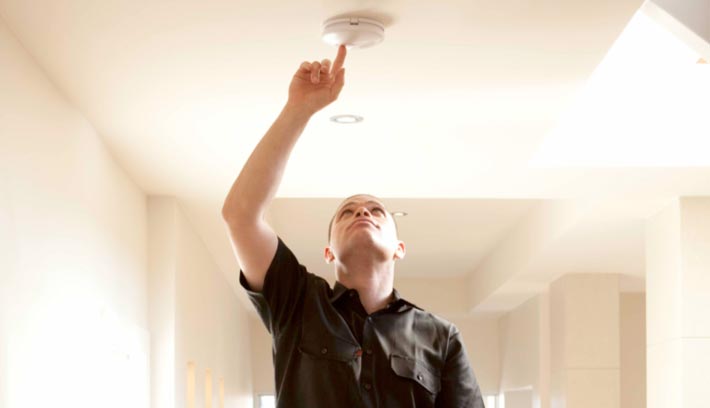
The new regulations for smoke and carbon monoxide alarms in residential properties aims to save more than 20 lives every year which is great news! Here's what you need to know about the changes in legislation:
1. From October 1st 2015 all residential tenancies must be fitted with one smoke alarm per floor, and one carbon monoxide alarm for every solid fuel bruning appliance.
2. It is the landlords responsibility to ensure that alarms are installed, tested and in working order on the day their tenancy starts, not before or after.
3. Failure to adhere to the new legislation can result in a fine of up to £5000.00, although councils are required to provide 28 days notice to the landlord to rectify any breach before doing so.
If you have a tenancy that started after the 1st of October 2015 or are preparing your property for a let in the future, we are more than happy to offer further clarification and discuss the steps we have taken to ensure our clients and tenants are protected.
There have also been changes to the Section 21 notice legislation which may effect a landlords ability to end a tenancy, for more information please contact us on 0208 396 6717 or email lettings@newtonhuxley.co.uk, otherwise keep a look out for next feature.
If you are looking to let you property in Molesey or the surrounding areas and would like to know more about our flexible service levels, please contact Len Taylor on 0208 396 6717 or email len@newtonhuxley.co.uk.
Elevating the Elmbridge property market
Visit us in Molesey
East Molesey
Surrey
KT8 9ER
VISIT US IN ESHER
Claygate
Esher
Surrey
KT10 0PD

